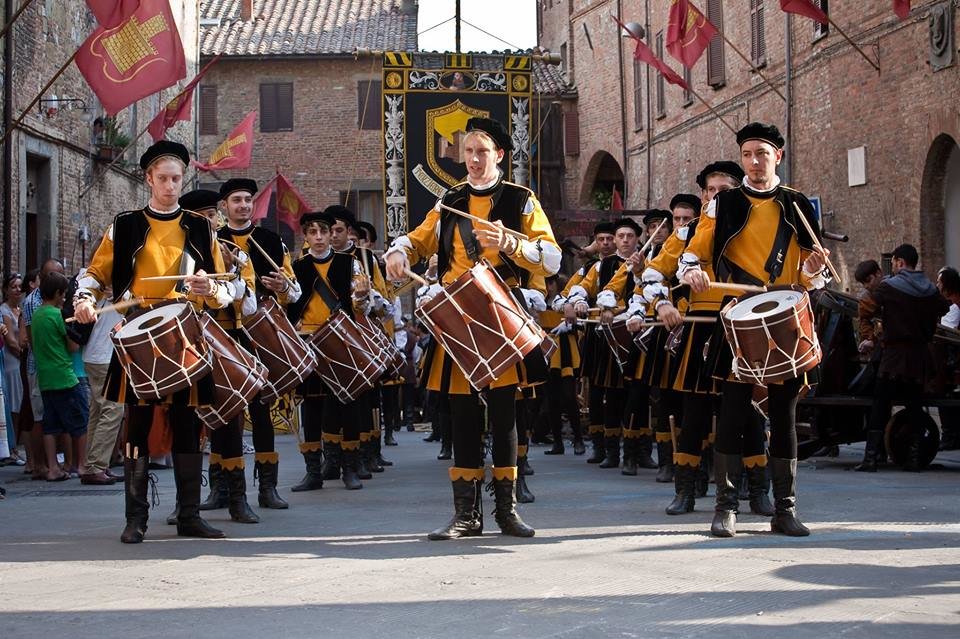Città della Pieve is a historic village in the province of Perugia. Lying 500 meters high on a hill overlooking the Val di Chiana and the Trasimeno, Città della Pieve has very ancient origins that date back to the Etruscan-Roman period. Free municipality since 1228 under the protection of Emperor Frederick II of Swabia, in the mid-15th century it gave birth to his most illustrious son, Pietro Vannucci known as Il Perugino.
Things to see and do in Città della Pieve
Perugino gave the city a series of priceless jewels: this is the case of the fresco depicting "The Adoration of the Magi" preserved in the church of Santa Maria dei Bianchi, the Cathedral of Santi Gervasio and Protasio and the Civic-Diocesan Museum housed in the former church of Santa Maria dei Servi. Other points of interest in Città della Pieve are the Rocca, Palazzo della Corgna, and in the surrounding area, the suggestive Franciscan hermitage of Santa Maria degli Angeli.
The Diocesan Civic Museum preserves the finds of the Etruscan Tomb found in 2015 in the San Donnino area, as well as the wooden sacristy furniture and the choir restored to their ancient splendor after the recent restoration.
During the Easter period, the Market Exhibition has been organized for several years with a rich selection of production, agri-food and artisan excellences, and the Borgo Dentro Terziere promotes the "Quadri Viventi" event. Rooms are set up each of which represents a scene from the life and history of Jesus, from the Last Supper to the Passion, from Death to Resurrection, with dozens of figures who give life to scenes that are inspired by the Italian pictorial tradition, especially that sixteenth-seventeenth century, paying homage to the pictorial richness of Città della Pieve, which boasts the birthplace not only of Pietro Perugino, but also of Antonio Circignani, known as Il Pomarancio.
In June, the Infiorata of Città della Pieve has a very long tradition. In August, however, the village relives its history between 1400 and 1500 with the Palio dei Terzieri. An event that among re-enactments, historical processions, parties in arms, street shows, jugglers and typical gastronomy to be enjoyed in the characteristic taverns, ignites the rivalry between the Terzieri Borgo Dentro, Castello and Casalino, the districts that have their roots in the subdivision of the medieval city in three strongly antagonistic parts. The party culminates with the great historical procession made up of over 800 characters - standard bearers, armed men, notables, ladies and knights, commoners and fire eaters - which runs through the main streets of the center, entertaining the spectators with tricks and skill. At the end of the parade, three champions for each Terziere challenge each other in the art of archery at the "Caccia del Toro" valid for the award of the Palio, hitting mobile shapes in the shape of a Chianino bull mounted on a single carousel; a custom that recalls, in a non-bloody form, the ancient Sienese "hunts", a sort of bullfight that took place in the nearby Ghibelline city, to which Città della Pieve has always been linked for history, traditions and culture.
During the Palio and not only the Umbrian-Tuscan cuisine is all to be enjoyed in the taverns of the Terzieri: gnocchi with Priore sauce, tagliolini with Trasimeno carp eggs, carp in porchetta, pici, liver, wild boar "spito" and snails to the pinch.


